Property Geek
We provide the actual and accurate information with unbiased user driven reviews to our viewers, to help them see the best and find the best!
View posts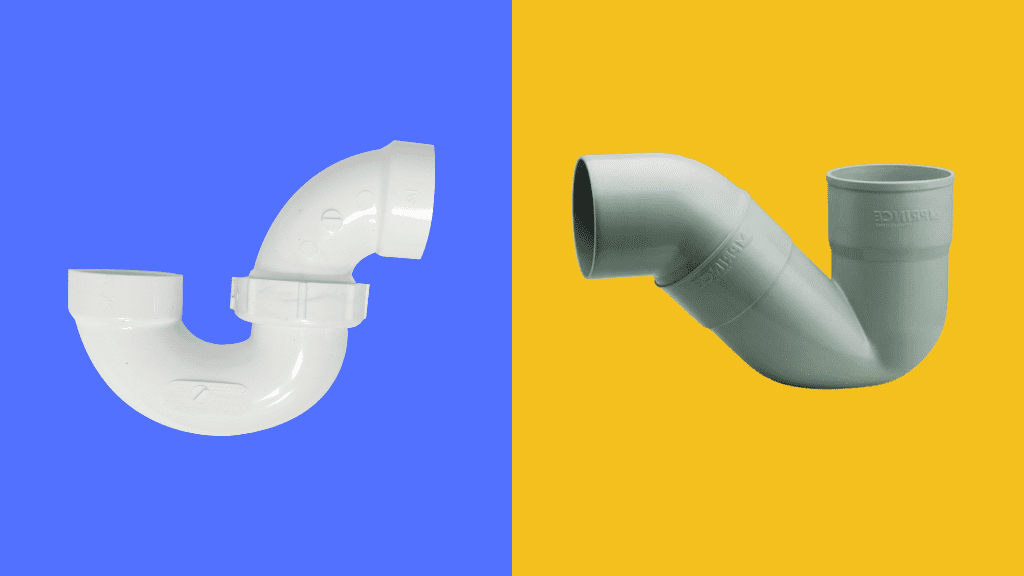
As the name “traps” gives it out, these are traps that are used to trap the sewer gas and water. These are plumbing devices to help prevent bacteria, smell, also insects from entering the house.
All water-using fitting and appliances come with a drain line to help flow the water out, therefore, you must make sure to have a trap fit in the pipes to seal the drain. This seal is necessary to maintain a nice and fresh environment and also prevent the entering of the sewer gases into the building. Traps are equipped with many plumbing fixtures such as sinks, toilets, bathtubs, and washbasins.
You can install a trap using several connections, that are usually located within a plumbing fixture. These are designed in a way to retain some amount of water to create a seal for foul gases to stop the water from entering the property.
Traps are designed to prevent the sewer odors that can enter from the plumbing fixtures. Each time you use a fixture, they flush the water out that could be forming the trap seal and replace it with new water.
These are also carefully engineered and designed to be self-scouring to prevent the collection of debris and retain water from forming a seal.
The velocity at which the waste moves via a trap is crucial. If it is too fast, then the water is will be siphoned down the drain, and if slow, the solids tend to get deposited at the bottom of the trap.
Traps are a crucial component of plumbing systems, and they serve an important function in maintaining indoor air quality and preventing health hazards.
The trap holds a small amount of water in the bend of the pipe, creating a seal that prevents gases and odours from entering the building from the sewer line. When wastewater flows through the drain, it creates a siphoning effect that draws water out of the trap. This allows the wastewater to pass through, but the remaining water in the trap creates a barrier that prevents gases from escaping.
Traps are typically made of materials such as PVC, ABS, or brass, and they come in different sizes and shapes depending on the application. For example, a sink trap might be smaller than a shower trap, and a trap for an outdoor drain might be larger than a trap for a bathroom sink.
Traps require regular maintenance to function properly. Over time, debris and sediment can build up in the trap, which can lead to clogs and prevent the trap from sealing properly. To prevent these issues, traps should be cleaned periodically and replaced if necessary.
Here are the different types of traps that can be used to retain water.
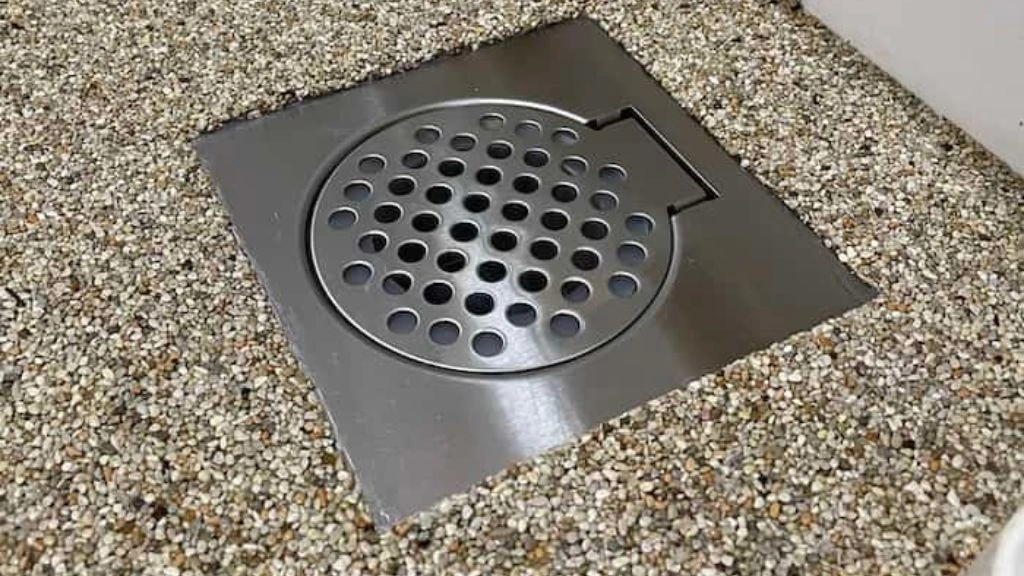
A floor trap is, as obvious, located on the floor to help collect the wastewater from the sink, bathroom, shower, and washbasin. These are widely available in iron or UPVC, with a removable grating on the top of the trap, and the minimum depth of the seal should be either 50 mm, 75mm, and 110mm.
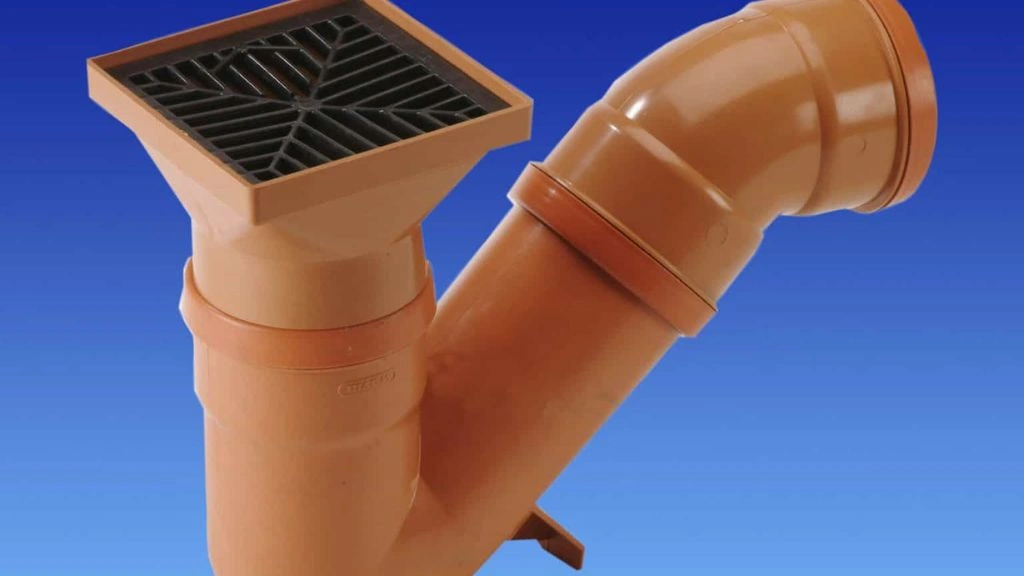
Also known as G.T, these gully traps are found outside the buildings before they connect to the external sewerage line. They also collect wastewater from the bath, wash area, kitchen sink, and washbasins in the house.
Its heavy cast iron is nothing less than 7.25 Kg with an additional cover weight of about 4.53 kg and a frame of 2.72 kg. The depth, however, is a total of 30 cm (1 ft) which is also available in the UPVC gully trap.
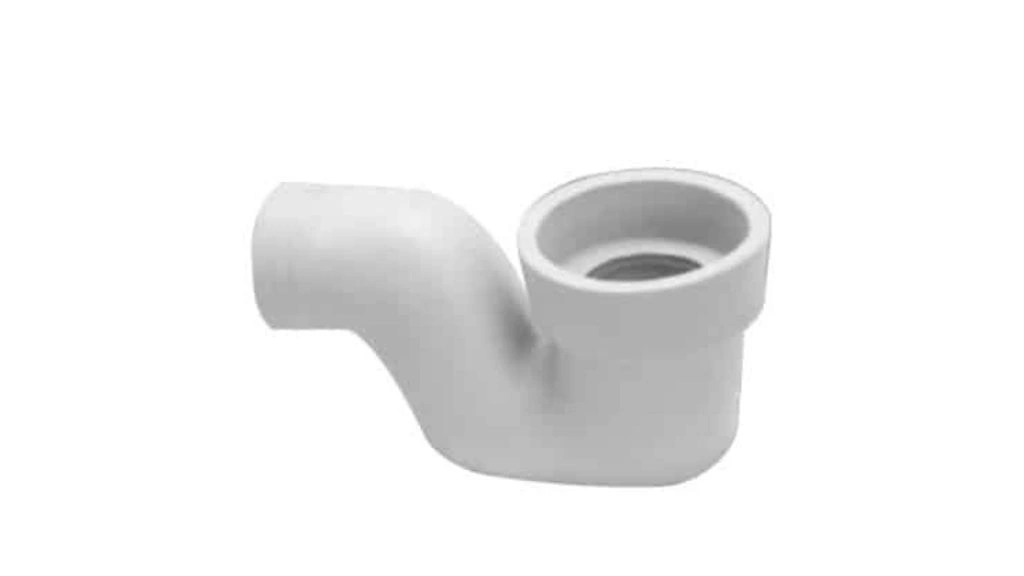
P-traps are a type of trap commonly used in plumbing systems to prevent sewer gas and water from entering the house. They are called “P-traps” due to their shape, which resembles the letter “P.”
P-traps are typically installed under sinks, toilets, and other fixtures that have a drain. They work by creating a strong water seal that stops sewer gases from getting into the building. The water in the trap creates a barrier that prevents gases from travelling up through the drain and into the house.
P-traps are relatively simple devices that consist of a curved pipe that is connected to the drain and the fixture. One of the advantages of P-traps is that they can be easily removed and cleaned if they become clogged. They are also relatively inexpensive, making them a popular choice for many plumbing applications.
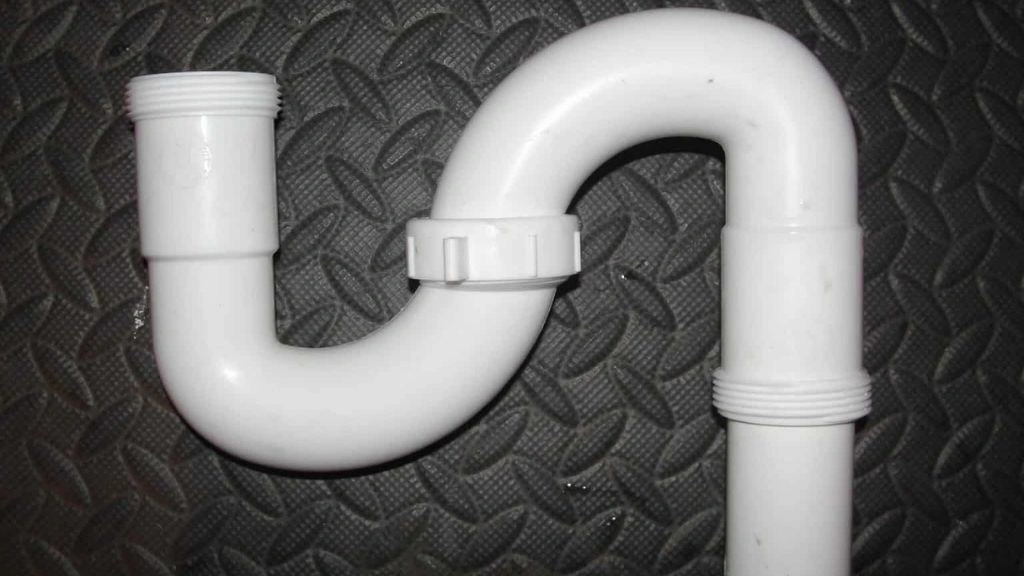
S traps are quite similar to P traps and are used to fix water closets in the toilets. The only difference between the two is that the P trap is used as an outlet through the wall, whereas the S-trap is used as an outlet but through the floor.
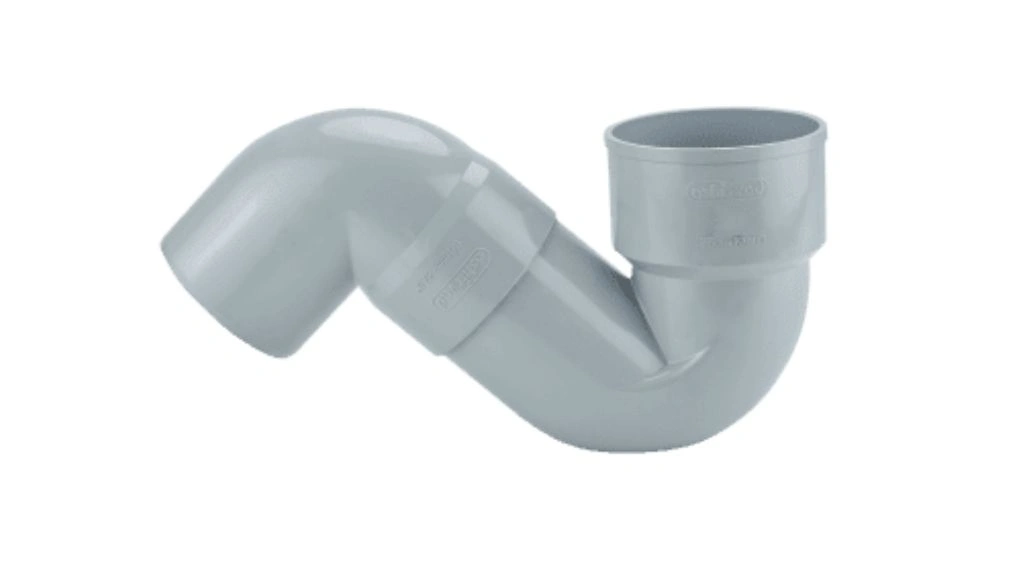
These are best used in toilet under-water closets. Almost similar to the S trap, they are used in the upper story and the ground floor.
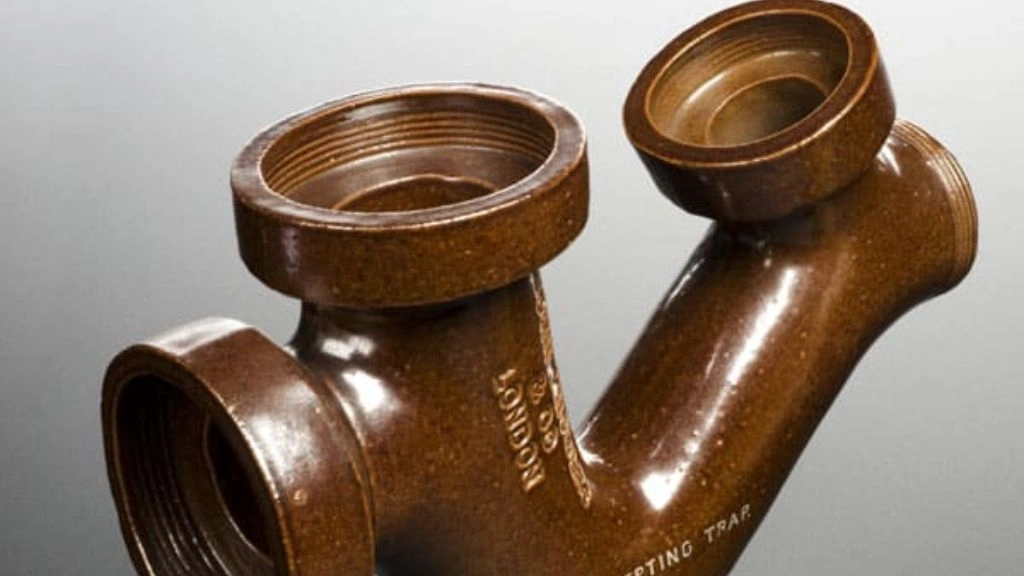
As the title gives it away, intercepting traps are provided to the interceptor manholes at the interception of public and building sewers. These are provided to prevent foul gases from the public sewers to enter building sewers through a water seal. Designed with a 100 mm deep water seal, these intercepting traps are installed at the last main hole of the building sewerage.
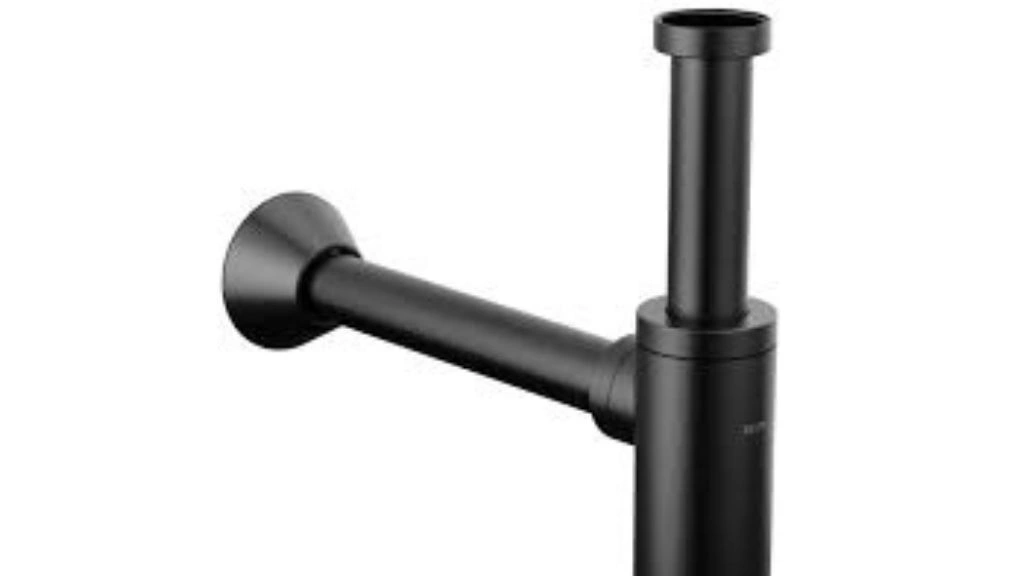
In bottle traps, the waste pipes are fitted horizontally and one would need to unscrew the bottom to clean it. They should ideally be installed in tight spaces and utilized in pedestal-mounted basins and sinks to help trap foul gases.
Bottle traps are often used in situations where the trap needs to be visible, such as with wall-mounted basins or in situations where there is limited space for the waste pipe. Because of their compact size and sleek design, they are also a popular choice for contemporary bathrooms and kitchens.
One of the advantages of bottle traps is that they are easy to clean and maintain. The wide base of the trap can be easily removed for cleaning, and the water seal can be topped up if necessary. Bottle traps are also less likely to become blocked than other types of traps, as the wider base allows for an easier flow of waste.
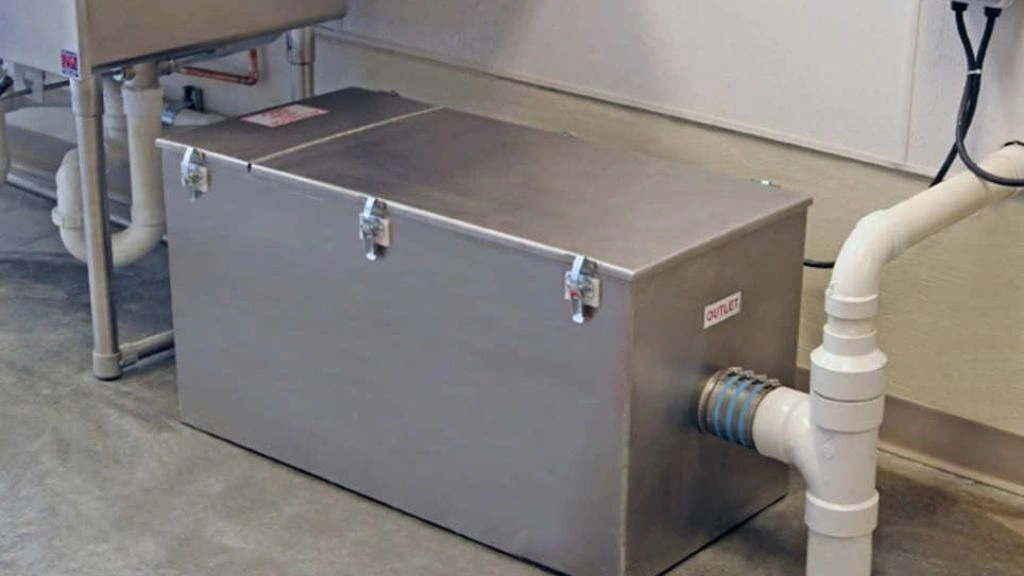
Grease traps are very useful for the food processing units since this trap is designed to capture grease. To surprise, these are quite easy to clean from the surface.
All thanks to its design, it works best to intercept solids and grease from entering a disposal wastewater system. They are mostly found in commercial cooking facilities.
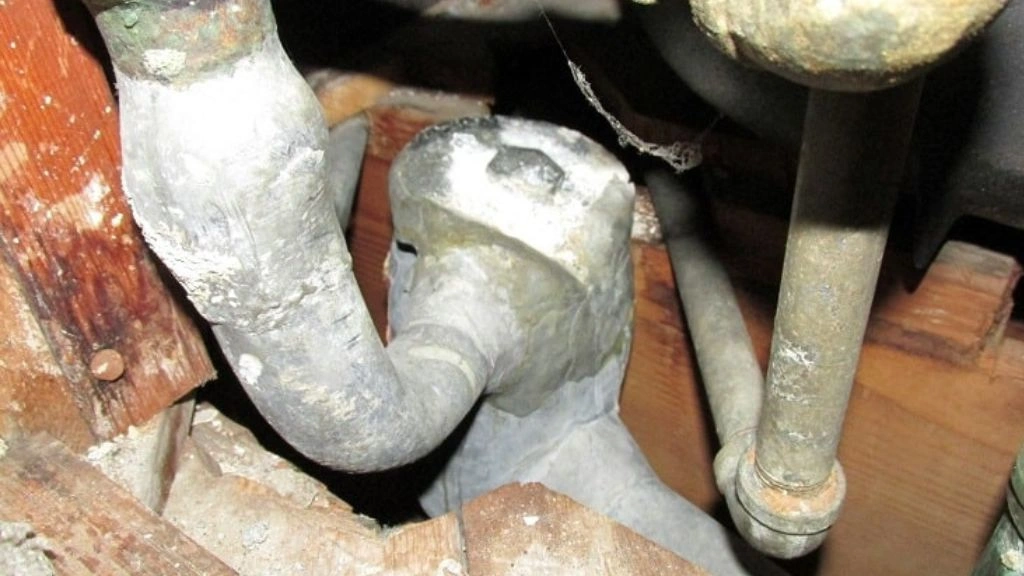
Resembling metal drums, Drum traps are quite important for a home plumbing system as they have large openings that allow you easily locate and also remove objects that are needed to either retrieve or be removed from the plumbing system.
They feature large caps that allow you to easily insert a plumbing snake to remove clogs from the drain. The waster then from a drainpipe flows into the trap and exits at the top of the trap leaving the solid objects behind.
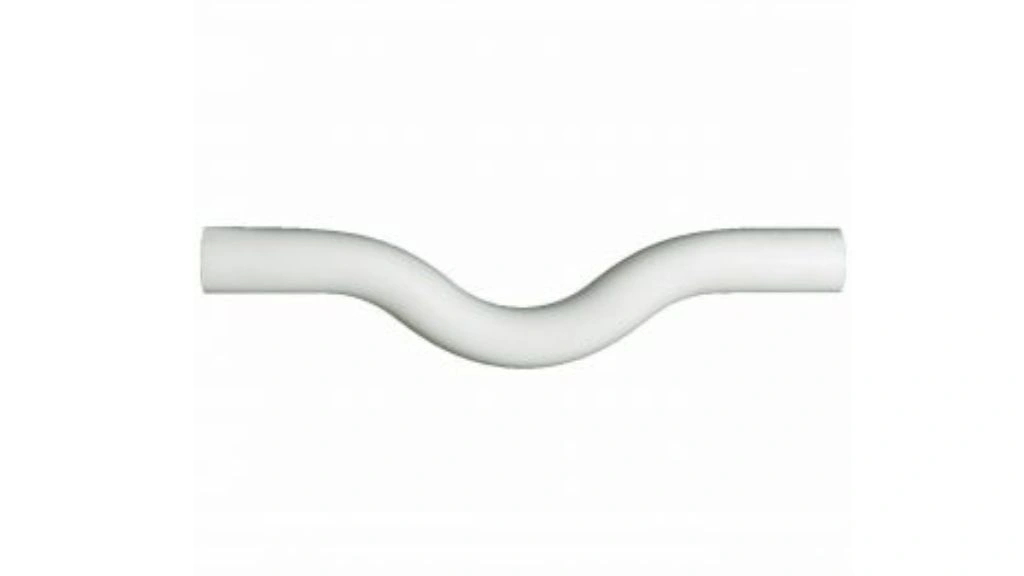
Running traps are mostly used in public toilets where a running trap is used for many untrapped washbasins. On the other hand, in domestic installations, they could be used where the P or S trap arrangements are not possible.
These are sometimes used as an attachment to washing machines or dishwashers, although there are specialist traps available for these appliances.
Hope this blog post has helped you understand and know the different types of steam traps that are available in the market. These are essential to use as they not only collect the dirt, block wastewater, and collect grease, but also eliminate the foul smell, as much as possible.